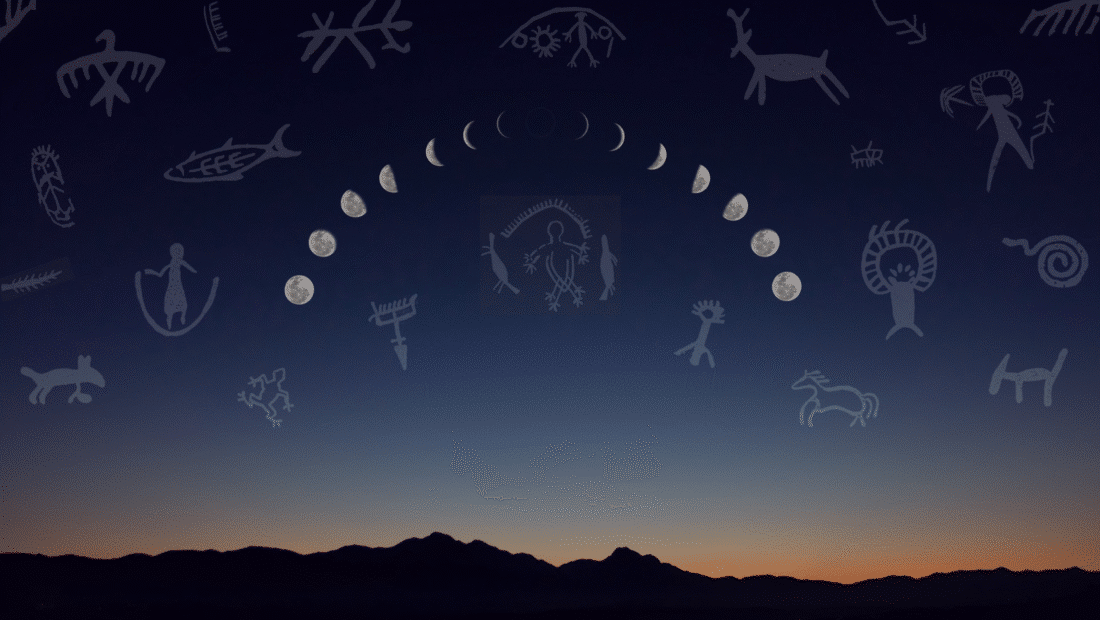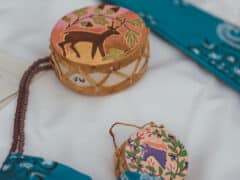
13 Moon Calendar
The Syilx Okanagan people, like many First Nations, use a 13-moon calendar system, and the turtle’s shell is a significant symbol associated with this calendar. The 13 large scutes (plates) on the turtle’s carapace (upper shell) traditionally represent the 13 moons within a year, each corresponding to a specific time of year and associated with natural events and seasonal changes.
The 13 Moon Calendar, often associated with the concepts of natural time, is structured around a year consisting of 13 lunar cycles, each lasting approximately 28 days. This creates a total of 364 days, with an additional day sometimes referred to as a “Day Out of Time” to honor the completion of the cycle.
Each of the 13 moons is typically linked to specific themes, energies, or symbols, encouraging reflection and connection with nature’s rhythms and seasonal shifts. The calendar emphasizes harmony, balance, and the importance of living in alignment with natural cycles, contrasting with the more linear Gregorian calendar.
The 13 Moon Calendar is often used in various spiritual practices, personal development, and community events, promoting awareness of time as a fluid, cyclical experience rather than a strict, linear progression.
In many cultures that honour matriarchal values, the lunar cycles are seen as symbolic of feminine energy, nurturing, and life-giving forces. In traditional Syilx culture, women set the schedule for the year based on this calendar and the times within it.
2025 Okanagan Nation Alliance Moon Calendar
The ONA is committed to the preservation and practice of Syilx Okanagan language and culture. As part of this commitment, the 13 Moon calendar is not a conventional calendar of months, rather it is created based on the x̌iyáłnxw (moon) – to guide you through the seasons.
The Okanagan Nation Alliance (ONA) has developed the Moon Calendar, which reflects the traditional 13-moon cycle followed by the Syilx Okanagan people. This calendar aligns with the natural rhythms of the land and serves as a guide to seasonal activities, cultural practices, and ecological events.
We realize this calendar is not perfect but we hope that it serves as a good tool to navigate you through the 13 x̌iyáłnxw of the year.

